Dating on buttermilk is most often used to indicate to retailers how long to display the product before removing it from store shelves. Buttermilk's high acid content means it has a long shelf life and should maintain an acceptable taste and texture for at least as long as seven days after the sell-by date. When stored properly, buttermilk may last for even longer. If you notice clear signs that the buttermilk is bad, it's best to throw it out, but there are a few uses for buttermilk after the milk is expired as long as it hasn't spoiled.
Inspect the buttermilk before using it for taste and appearance. If the buttermilk is too thick to pour, has mold in it or has an unpleasant, strong odor, throw it out.
Add the expired buttermilk to cooked recipes that call for buttermilk in the ingredient list. Some baked goods that typically use buttermilk include pancakes, pies and biscuits. Buttermilk is sometimes used as a meat marinade since the acids and enzymes in the milk tenderize meat.
Freeze the buttermilk if you do not plan to use it within a few days. Buttermilk should last up to 2 months in the freezer. Thaw buttermilk in the refrigerator and use it in baking or other cooked recipes.
Related Articles
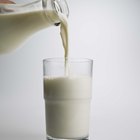
Cooking With Buttermilk
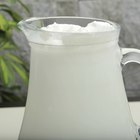
Health Benefits of Buttermilk
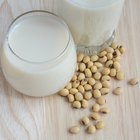
How to Substitute Soymilk for Buttermilk
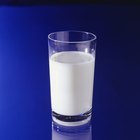
How to Freeze Goat's Milk

How to Use Lime Juice to Tenderize Steak

Can You Marinate Boneless Pork Sirloin ...
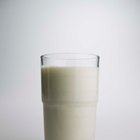
How to Cook With Lactaid

How to Substitute Cornstarch for ...

Calories in a Sausage, Egg & Cheese ...
How to Use Yogurt or Sour Cream Instead ...
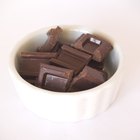
How to Substitute Cocoa Powder for ...

How to Substitute Dry Milk for ...

How to Use Leftover Marinade in Gravy

How to Fix Grainy Whipped Ganache
How to Make Homemade Pancakes Without ...

How to Marinate & Fry Squid

What Happens if You Whip Condensed Milk?

How to Make Icing With Very Few ...
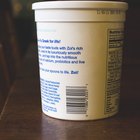
How to Freeze Greek Yogurt

Can You Eat Expired Mayonnaise?
References
Writer Bio
Sommer Leigh has produced home, garden, family and health content since 1997 for such nationally known publications as "Better Homes and Gardens," "Ladies' Home Journal," "Midwest Living," "Healthy Kids" and "American Baby." Leigh also owns a Web-consulting business and writes for several Internet publications. She has a Bachelor of Science in information technology and Web management from the University of Phoenix.